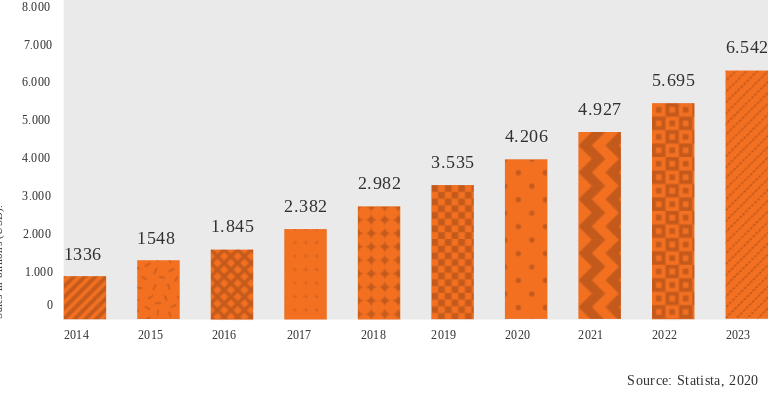Need our logo?
Let's help you on that.
Ta spletna stran za izboljšanje uporabniške izkušnje uporablja piškotke. Poleg piškotkov, ki zagotavljajo funkcionalnost, uporabljamo tudi piškotke za potrebe spletne analitike. Z uporabo te spletne strani se strinjate z uporabo piškotkov. Če jih ne želite dovoliti, ustrezno spremenite nastavitve v brskalniku. Več informacij najdete v naši Politiki piškotkov.




















